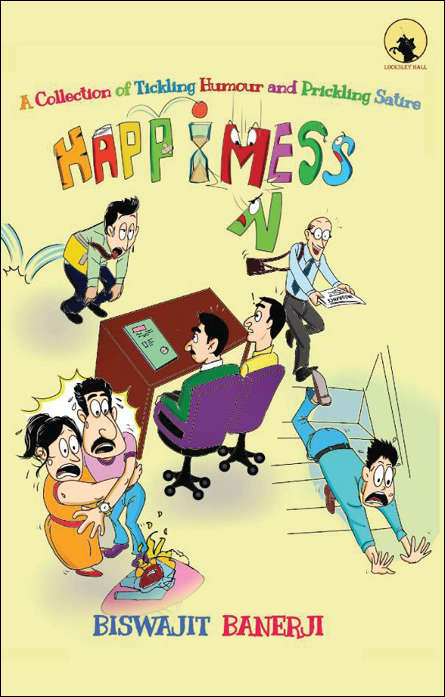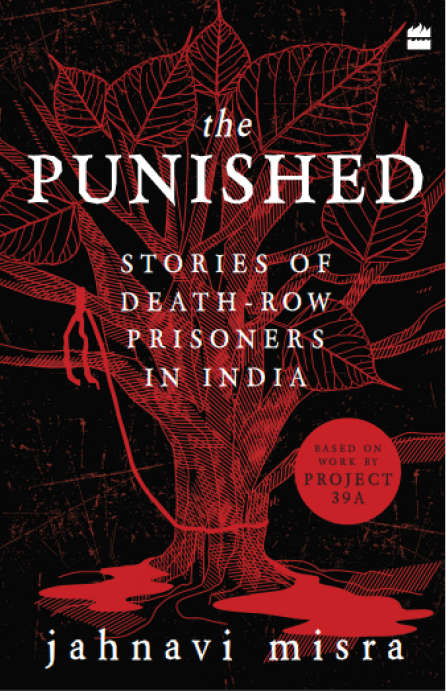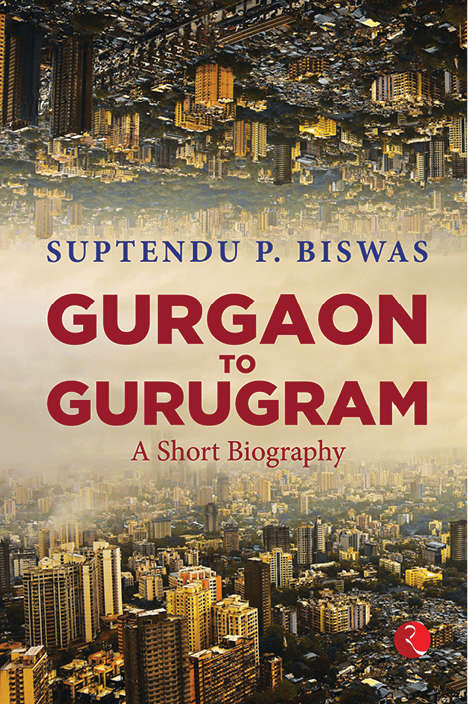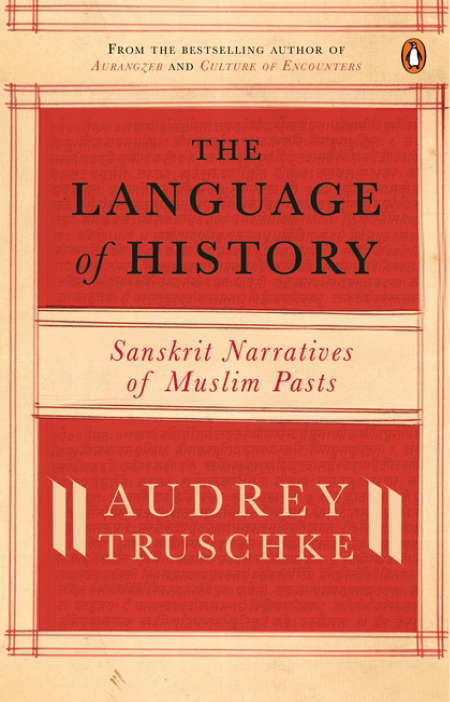


Happimess
Biswajit Banerji

‘Happimess’ is a collection of naughty stories that make us laugh while constantly poking fun at social peculiarities. This book explores humour in situations where it’s least expected and hence likely to pass by unnoticed. Narrated mostly in the first person, the stories centre around everyday situations that get oddly tangled up. Once frantic efforts are made to wriggle out, things only get messier. Flippant and irreverent, the net of satire is cast wide, spanning conspiring home-appliances, outlandish diseases, nosy insurance agents, die-hard hagglers, a botched farewell speech and the like. It is the constant undercurrent of funny disorderliness that serves to spice-up and unite the stories.
The Punished: Stories of Death-Row Prisoners in India
Jahnavi Misra

Between 2013 and 2016, Project 39A, a research and litigation centre based out of National Law University, Delhi, conducted interviews with death-row prisoners and their families for the Death Penalty India Report, 2016. But the study also revealed something else. It brought to light the deeply human and personal stories of very real people and a snapshot of their fluctuating realities. Based on these interviews, here are 19 stories written by Jahnavi Misra. Profoundly moving and illuminating, The Punished takes us on a journey into the lives and minds of men and women often demonised by society and discarded by the state.
Gurgaon to Gurugram: A Short Biography
Suptendu P. Biswas

This book explores the layers of Gurgaon and reflects upon this ever-changing city. Its story began with the transition of the land, from the agricultural field to the real estate dividend. A new set of people started settling in Gurgaon who had the ambition of having their own house on a plot of land. Unique urban imagery was created to portray an attractive, global and aspirational impression of the city. More people came to Gurgaon for work and it has become a place for professionals and the educated class. The lower-end support personnel, too, kept on flocking into the city in search of livelihood. The erstwhile villages underwent demographic and physical transformations.
The Language of History: Sanskrit Narratives of Muslim Pasts
Audrey Truschke

‘The Language of History’ analyses a hitherto overlooked group of histories on Indo-Muslim or Indo-Persian political events, namely a few dozen Sanskrit texts from the 1190s to 1721. This book seeks to collect, analyse, and theorise Sanskrit histories of Muslim-led and, later, as Muslims became an integral part of Indian cultural and political worlds, Indo-Muslim rule as a body of historical materials. This archive lends insight into formulations and expressions of premodern political, social, cultural and religious identities. Given the current political climate in India, this book contributes to ongoing debates in the Indian public sphere.